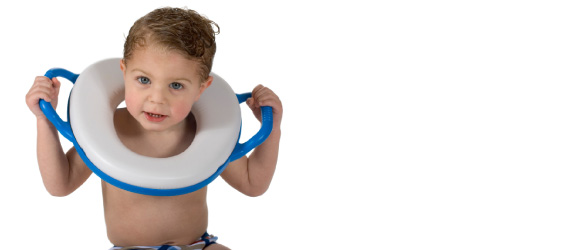
During the 1960’s, several developments within Educational Psychology, based on newer knowledge in Learning Theory, gave reason for optimism concerning the treatment of autism. One of the researchers was the Norwegian-American scientist Ole Ivar Lovaas, at University of California Los Angeles (UCLA). He published in 1973 results demonstrating that autistic children could improve their skills in language and independence, and simultaneously acquire a significant reduction in their anger and frustration. During the 1970’s and 1980’s, several experimental studies were published by different research teams. These studies often focused on single behaviours, which were effectively analysed. These studies included early linguistic understanding, vocal imitation, expressive naming of objects and actions, imitations of movements and learning to discriminate between colours, form, size, pronouns, prepositions, synonyms and antonyms.
Professor Lovaas took advantage of these studies and put them together into a wholesome programme. He embarked on a longitudinal study, which was published in 1987. The hallmarks of this study were:
A) The children received at least 40 hours of 1:1 treatment on a weekly basis.
B) The treatment started before the children were 4 years of age.
C) All important adults in the child’s life were taught to train the child
D) Training would be transferred to all surroundings natural to the child
E) All behaviours of a child were included in the treatment.
F) The treatment consisted of training methods developed through the research of modern learning theory
The results from the study generated a great deal of optimism. 47 % of the children offered Early Intensive Behavioral Intervention had achieved normal intellectual functioning level at onset of school. These children were able to participate in normal classroom education, with minimal aid.
However, 10% of the children in the experimental group did not improve, nor did these children achieve better results with any other treatments provided.
It is important to highlight that children in a control group only received 10 hours of intensive treatment per week, and none of these children achieved normal intellectual functioning in the course of the study. Furthermore, 60% of the children in this control group had minimal improvement in their behaviour. This finding has been replicated by a host of other researchers; Low – intensive treatment are not to be recommended for children with autism.
The treatment Professor Lovaas conducted, was so comprehensive and difficult, – as well as time consuming, that even Professor Lovaas himself doubted that it could be replicated by others. In 1987 he wrote in his article; “… it is unlikely that a therapist or investigator could replicate our treatment program for the experimental group without prior extensive theoretical and supervised practical experience in one – to – one behavioural treatment with developmentally disabled clients as described here and without demonstrated effectiveness in teaching complex behavioural repertoires as in imitative behaviour and abstract language”.
Although the publication spurned a lot of debate, it was generally agreed that the study needed replication. As a consequence, Professor Lovaas helped establish several replication studies, both in the US and Europe, amongst them was TIPO.